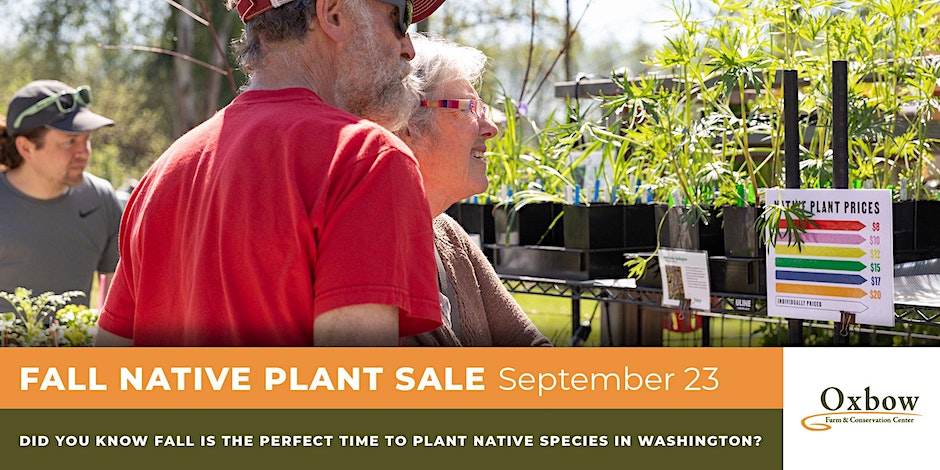Why Choose Native Plants?
Conservation, restoration, and pollinator-friendly gardens are some of the most well-known benefits of planting natives. But how does planting natives benefit local wildlife populations?
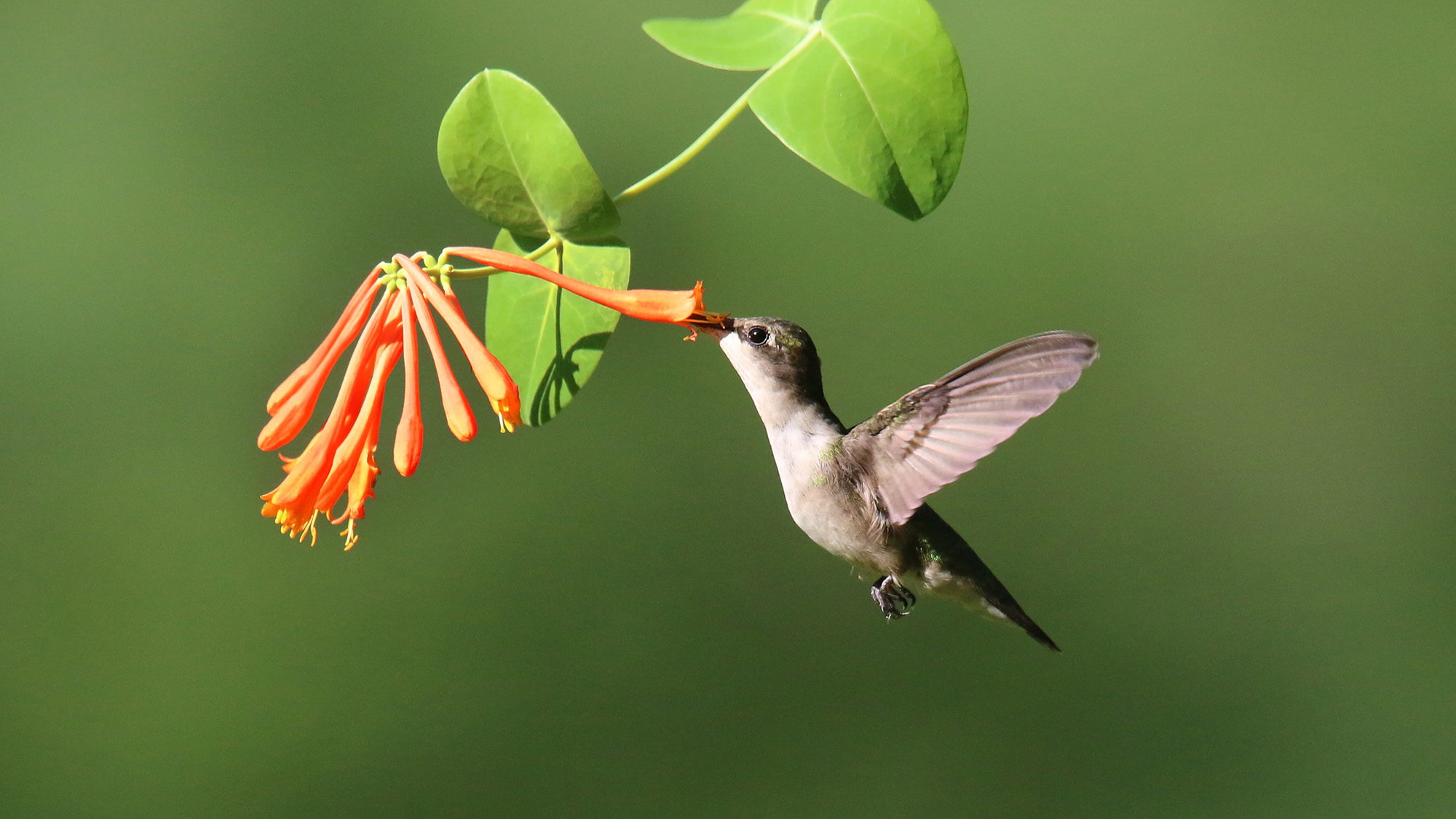
Sustainable habitat
One of the most significant benefits of planting natives is their ability to provide food and shelter for creatures big and small. Wildlife has been co-evolving with local flora for thousands of years, forming a web of life for insects, birds, and mammals of all sizes. Farmers and gardeners can enjoy natives for this buzzing habitat and beauty and strategically use natives to attract pests away from tasty vegetables. Think about it this way; pests become a minor nuisance if there are enough birds, bees, bats, and snakes in an area adjacent to our food crops.
Native groundcovers are also a fantastic way to discourage the spread of invasive weeds and add a beautiful, lush appearance to your garden. In addition, they are a favorite for hummingbirds and butterflies! An added benefit is native landscapes can often be left alone to regenerate themselves through natural cycles and systems of pollination, seed dispersal, and germination— requiring minimal to no gardener intervention.
Here’s a few of our favorite native species for attracting wildlife:
Bleeding heart (Dicentra formosa)
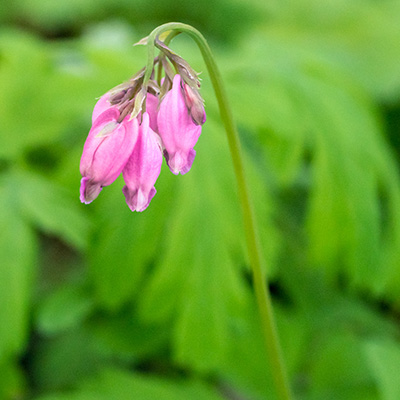 Attracts hummingbirds, butterflies, and other beneficial pollinators. The plant also provides excellent shelter for amphibians and reptiles. It’s a wonderful choice for yards with deer problems because they tend to ignore this plant.
Attracts hummingbirds, butterflies, and other beneficial pollinators. The plant also provides excellent shelter for amphibians and reptiles. It’s a wonderful choice for yards with deer problems because they tend to ignore this plant.
Hooker’s Fairy bells (Prosartes hookeri)
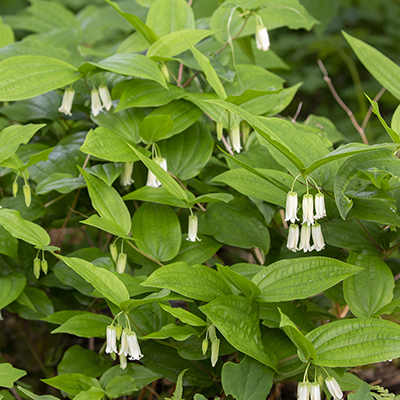 Flowers attract native bees and possibly other pollinators. Fruit ripens in mid to late summer or early fall and is eaten by ground-feeding birds such as robins and towhees and small mammals like squirrels and chipmunks. In addition, plants provide shelter for insects and other little ground-dwelling creatures.
Flowers attract native bees and possibly other pollinators. Fruit ripens in mid to late summer or early fall and is eaten by ground-feeding birds such as robins and towhees and small mammals like squirrels and chipmunks. In addition, plants provide shelter for insects and other little ground-dwelling creatures.
Goatsbeard (Aruncus dioicus)
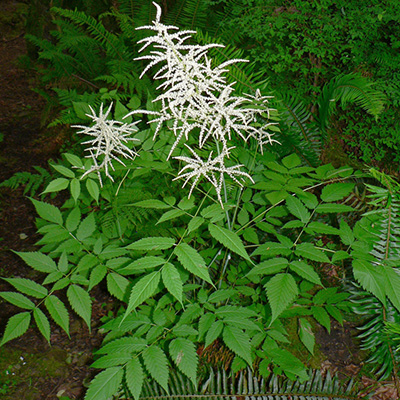 The multitudes of small flowers attract bees, butterflies, and other beneficial insects, making it a fantastic habitat addition. Also, if spent flowers are left to overwinter, small birds can always make use of the seeds!
The multitudes of small flowers attract bees, butterflies, and other beneficial insects, making it a fantastic habitat addition. Also, if spent flowers are left to overwinter, small birds can always make use of the seeds!
If one of your goals is to have a beautiful, diverse garden that requires less maintenance, planting natives is a fantastic course of action. You will not only be adding beauty and color, but you will also create a small restoration project at home with pollinator-friendly spaces. Aim for at least 80% of your selection to be natives. You will be providing food, cover, resting (and nesting!) areas for animals to enjoy, and they will visually fit better in your local landscape.
Not sure what to plant next?
Swing by our Farm Stand and browse native plants from our nursery! Farm Stand native plant availability is updated weekly and can be found here to help you better plan your visit. Learn more about our Native Plant Nursery and make sure to check out our native plant resources for more in depth guidance on what to plant.
Fall Native Plant Sale.
Sept 23, 10AM – 4PM
Jump into Fall with Oxbow at our Native Plant Sale! We have plants, herbs, crafts, and more!
